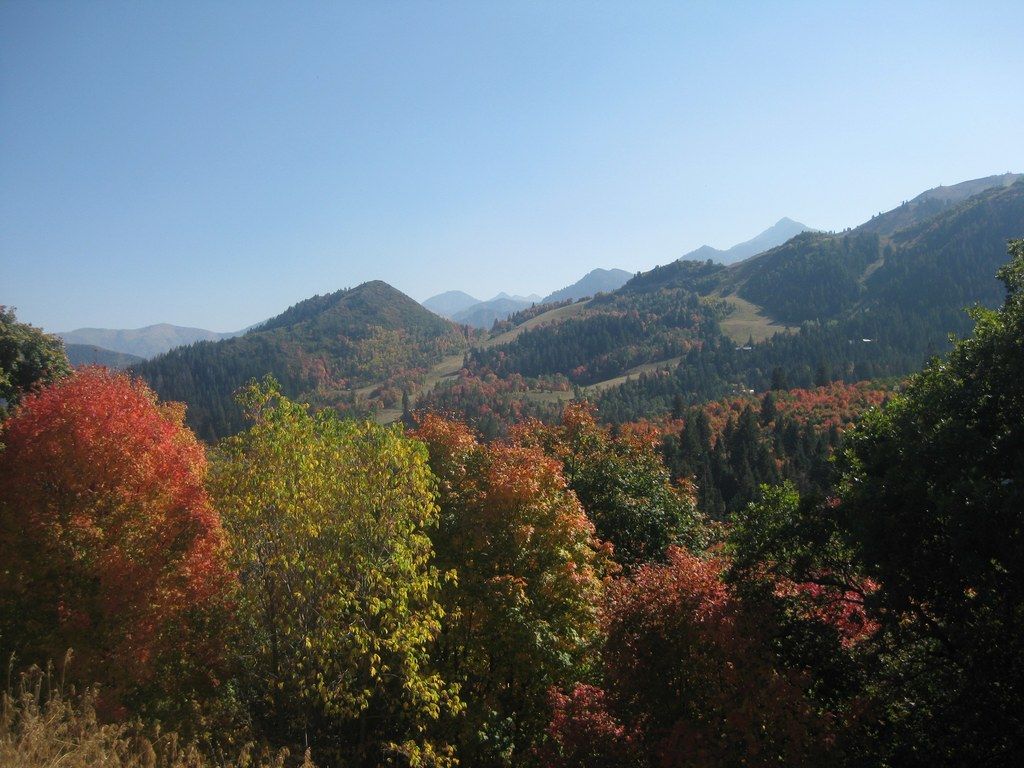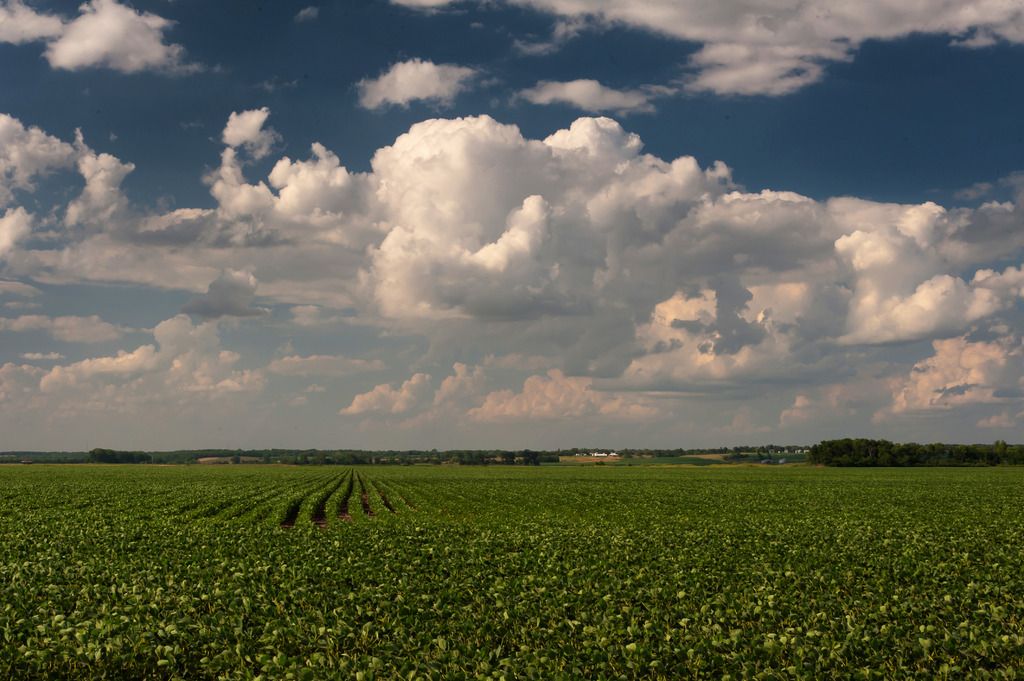Dissecting Eu Agricultural Subsidies: A Deep Dive into Disaster Relief Measures
Brussels Coin Purse Flows Freely for Agricultural Aid
EU Agricultural Aid: State-Owned Corporation Receives Most Funding - EU agricultural aid recipients: prominent recipient of agricultural subsidies
In the notorious EU fiscal year of 2024, the infamous State Office for Flood Control and Water Management (LHW) of Saxony-Anhalt grabbed the crown, pilfering an astonishing 37,149,868.42 euros from Brussels. The juice is allspilling out as Stuttgart's web portal Proplanta declared this LHW the top dog recipients in Deutschland.
The financial acrobatics involved some 23.8 million euros, which the LWH spun as rejuvenation budget for agricultural areas that fell victim to our capricious earth's volatility. Across the country, the enigmatic Social Insurance for Agriculture, Forestry, and Horticulture located in the envious burg of Kassel (Hesse) came in a close second, clinging onto a cool 28.1 million euros.
The Federal Office for Agriculture and Food (BLE) generously unveiled the funding numbers and recipients yearly. On a Friday in October of 2023, as wrapped as a cherry on top, the agency disclosed the data for Deutschland in the EU fiscal year 2024. Proplanta, never one to shy away from a good scoop, sifted through the figures and delivered the digest. It seemed the bounty from numerous funding programs largely flowed to the public sector, institutions, and cooperatives.
In the heartland of Saxony-Anhalt, a remarkable 4,003 recipients basked in the glow of EU agricultural programs, with 37,149,868.42 euros setting the stage for lively festivities. The Landkreis Mansfeld-Südharz and Gemeinde Niedere Börde secured respectable secondary and third positions, each pocketing around 3.5 million euros. The obscure, minute recipient in Landkreis Stendal scrounged a pathetic 60.31 euros.
The Casualties of Nature's Fury
For the sake of fairness, transparency, and sneaky, compulsive curiosity, let's embark on a thrilling adventure into the world of the European Union's agricultural policies and disaster-relief mechanisms.
The Common Agricultural Policy (CAP): A Beast with Layers
A swift glance at the European Commission's ingenious proposals to refurbish the CAP reveals a plan to diversify and strengthen our humble farmers, and prepare them for crises. This means more flexibility in implementing green rules and enchanting farmers with enhanced disaster-struck payment programs[2][5].
The Rise of the Climate-Related Risks Insurgents
The EU juggernaut has set its sights on a myriad of insurance mechanisms, catastrophe bonds, and public-private reinsurance schemes to defend our farmers against the claws of climate change[3].
Simplifying Life, One Farm at a Time
The Commission declares its intentions to double the threshold for annual lump-sum payments for small farmers to a whopping €2,500 and introduce a sensational simplified funding option to help small farmers remain competitive[5].
Enhanced Crisis Payments for the Enduring
Those unlucky souls afflicted by natural calamities and other earthly horrors will now merit generous crisis payments under national CAP Strategic Plans. These enhanced payments will be fortified by more cooperative risk management tools[5].
Public-Private Partnerships: The Forces of Good (or Bad?) Combined
There's a popular movement in favor of public-private collaborations to heighten resistance against enviable adversities like insurance and reinsurance[3].
Flood Control and Water Management: A Mysterious Tale
While no explicit information is readily available on the State Office for Flood Control and Water Management in Saxony-Anhalt, it seems reasonable to assume this office plays a crucial role in managing flood risks and may profit from EU policies designed to bolster disaster resilience. However, the intimate details of how EU agricultural subsidies are channeled, or utilized by this office, remains shrouded in mystery.
To unearth the precise workings of EU agricultural subsidies as it concerns flood control and water management in Saxony-Anhalt, a diligent search of local government resources or direct engagement with the office may be necessary.
- The Common Agricultural Policy (CAP) of the European Union, with its layers of green rules and enhanced disaster-struck payment programs, aims to diversify and strengthen farmers, preparing them for crises in the industry.
- As the industry faces theclaws of climate change, the EU is exploring various insurance mechanisms, catastrophe bonds, and public-private reinsurance schemes to safeguard farmers, a necessary move in support of finance and business.






